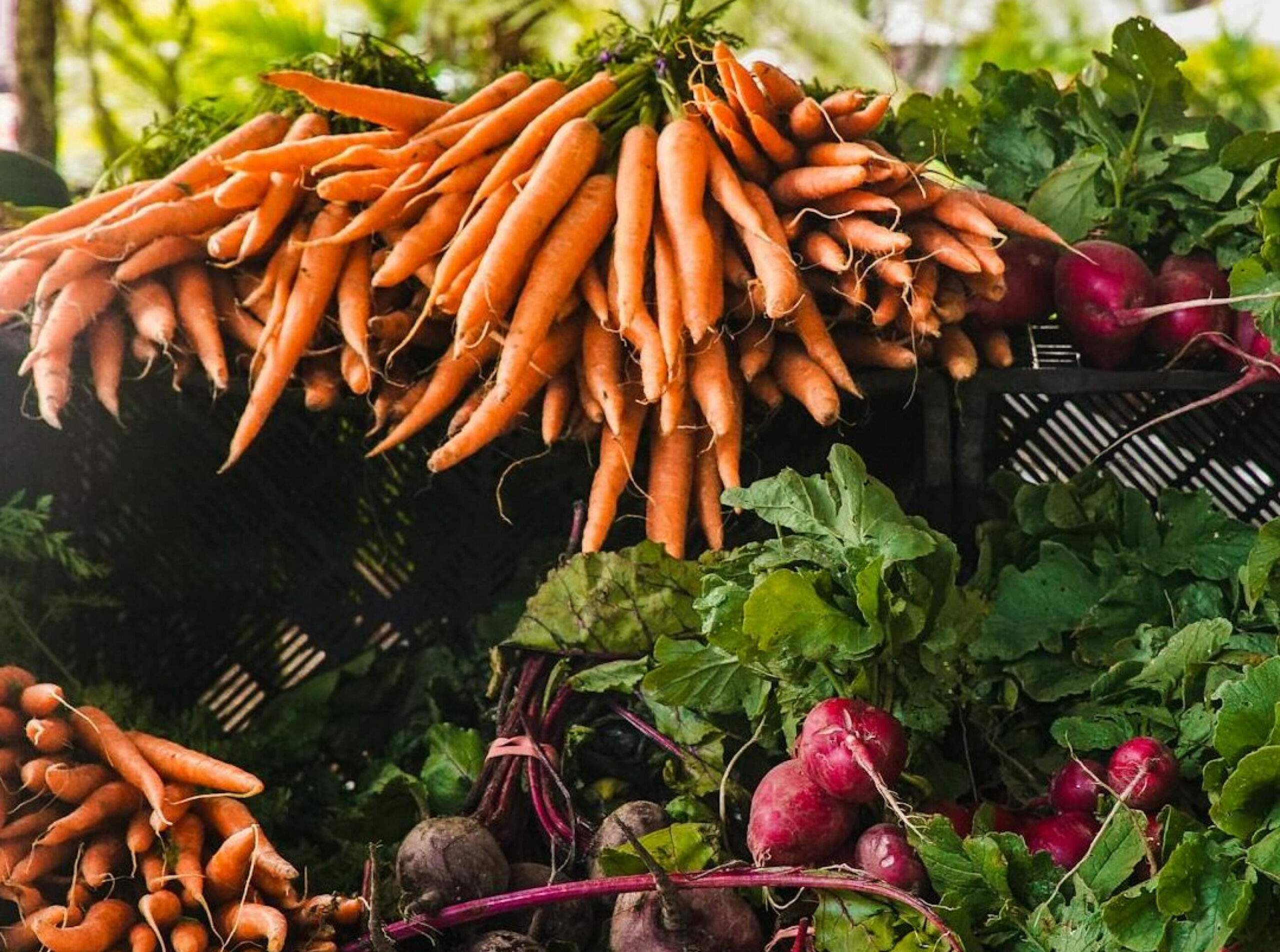Explore our Programs and Discover Fresh Ideas for the Kitchen
Dive into our regularly updated blog articles and recipes to learn about regenerative, small-scale farming, food access, and cooking. Stay engaged and informed with Sustainable Food Center’s insights and delicious inspirations!
Double Up Fresh Bucks / Double Up Dólares Frescos
SFC’s Temporary Relief Program at Participating Farmers’ Markets in Texas Sustainable Food Center (SFC) is partnering with select farmers’ markets across
Your Voice Matters: Tell Congress to Protect SNAP
As the federal government shutdown continues, millions of Texans are at risk of losing access to food. Right now, Supplemental Nutrition Assistance Program (SNA
Texas Food Access Resource List: Support During the Federal Government Shutdown
Following the federal government shutdown that began on October 1, 2025, many Texans are facing uncertainty about access to essential food resources. At Sustain
Texas Doubles Down on Healthy, Local Food: Texas Legislature Makes Second Investment in Nutrition Incentives
$6 Million Investment from 89th Texas Legislature Supports Texas Families and Farmers AUSTIN, TEXAS – A second landmark investment in nutrition incentives fro
Resource Hub: Central Texas Flood Relief
Kerrville, Austin, and Central Texas: you are not alone. Deeply connected local systems exchange more than just food – we can also come together to share in
New(trition): “What’s the Soul in Our Food?” from The Happy Kitchen / La Cocina Alegre®
Introducing SFC’s First Cooking & Nutrition Class Celebrating Black Foodways By Jacq Taylor, The Happy Kitchen / La Cocina Alegre® Education Specialist
Shop local at Texas farmers’ markets
Shopping local isn’t just a trend—it’s a way to nourish your family, support your neighbors, and care for the planet. In Texas, farmers’ markets are whe
SFC Transforming the Food System
How is SFC Transforming the Food System? At Sustainable Food Center (SFC), our mission is simple yet powerful: we transform the food system, improving access to
Collaborative Solutions: Central Texas Land Access
Toward Farmland Preservation and Access By Anna-Kay Reeves, Multimedia Communications Specialist This blog summarizes research and analysis carried out by SFC t
Rebrand Positions SFC as Texas Food Systems Leader
Our Fresh Look Marks a New Chapter of Statewide Service At Sustainable Food Center (SFC), we’ve always believed that everyone deserves access to nutritious, a
SFC Secures $8.7 Million to Expand Access to Fresh, Nutritious Food Across Texas through Double Up Food Bucks Texas
Sustainable Food Center (SFC) is proud to announce that it has secured an $8.7 million grant through the Gus Schumacher Nutrition Incentive Program (GusNIP), su
Okra With Corn and Tomatoes
From The Happy Kitchen / La Cocina AlegreⓇ Hot weather hero: OKRA! It’s been a hot September in Texas, but locally grown okra can still be found at many far












